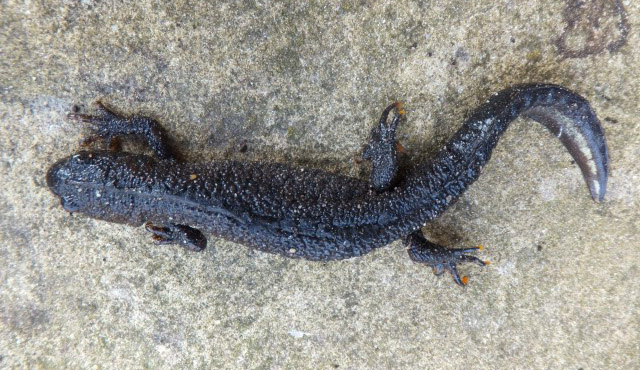22-Nov-2017
Protected Sites & Species

Rules and Regulations for Protected Species
Gov.uk has a comprehensive list of what is protected (& how) on this page. The Construction near protected areas and wildlife page gives a good introduction. These pages may be relevant to HS2 construction -
European protected species
- all species of bats ( & see Bat Conservation Trust )
- great crested newts
- hazel or common dormice
- natterjack toads
- reptiles (some species)
- protected plants (some species)
You’re breaking the law if you:
- capture, kill, disturb or injure a European protected species (on purpose or by not taking enough care)
- damage or destroy a breeding or resting place (even accidentally)
- obstruct access to their resting or sheltering places (on purpose or by not taking enough care)
Other protected species
- badgers ( see also Badger Trust )
- water voles
- wild birds
- ancient woodland and veteran trees (& see the Woodland Trust )
HS2 Approach
See their Draft Environmental Memorandum -
"This Memorandum is concerned with the impacts of Phase One of HS2 on the following: nature conservation, terrestrial and aquatic ecology, water resources and flood risk, geological features, archaeology (in relation to watercourses and wetlands/aquatic systems), recreation and amenity impacts, landscape, public open space; agricultural and forestry land; and excavated material."
Mitigation Strategy
Natural England issued guidance on mitigation in 2014 (now archived). In response to Question 11 they state
"Where receptor sites or alternative roosting features are required, these should be established sufficiently far in advance of works commencing to allow time for habitats to be sufficiently mature to accommodate the species concerned. This may take more than one full growing season for some sites and may be up to two years for some high impact schemes affecting large great crested newt populations. For some species of bats, suitable alternative roosting sites will need to be provided before the loss of the original roost(s)"
To what extent this still applies is unclear.